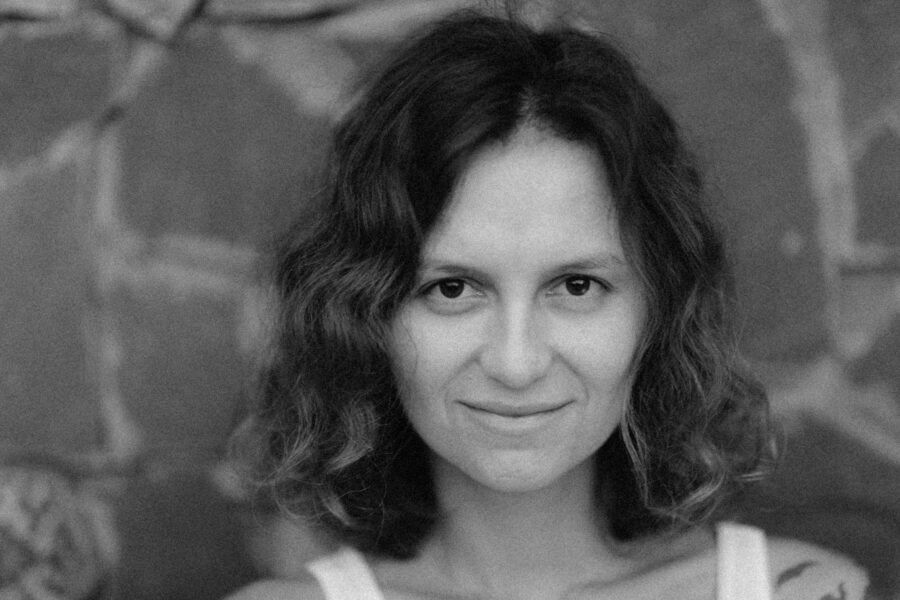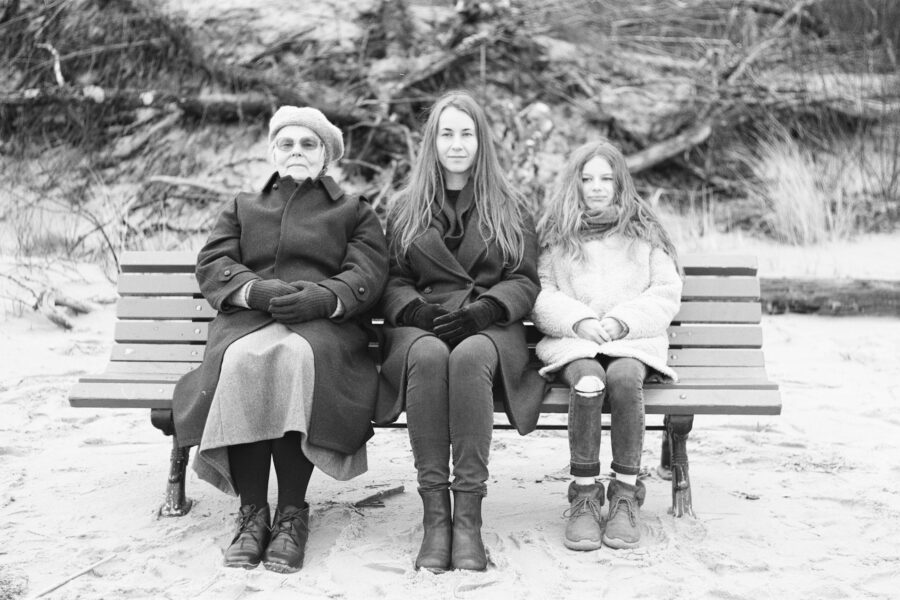Not that long ago, the conversation around mental health was strangely split.

Therapy belonged in one corner, seen as the preferred, more socially acceptable route, especially if you wanted to prove you were “doing the work.” Medication, on the other hand, sat in a murkier place, often misunderstood, sometimes stigmatised, and rarely talked about outside of private conversations. And while both were considered legitimate forms of treatment, they were rarely discussed together in the same breath.
That’s beginning to change, thankfully, not just in clinical settings, but in everyday life. More and more people are talking openly about how therapy and medication can complement each other. They’re being discussed not as competing paths, but as two parts of the same plan. And with that change, the way we think about getting help—and what it means to feel better—is changing too.
The old divide wasn’t helping anyone.
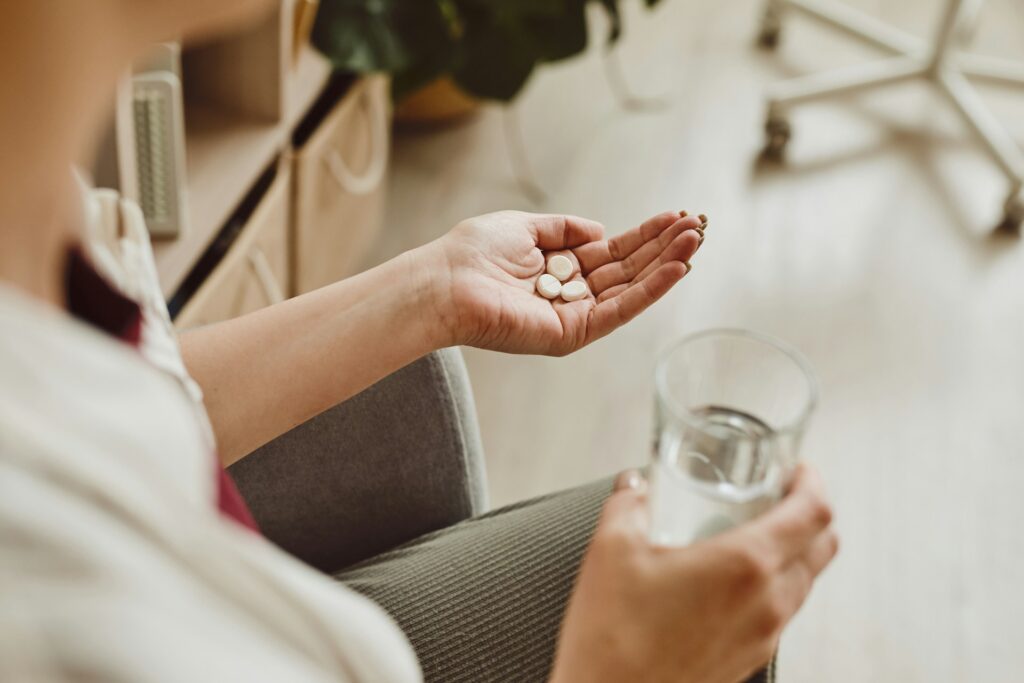
For decades, the idea of choosing between therapy and medication created a kind of hierarchy. Therapy was often painted as the healthier or more thoughtful option. Medication was seen as something you turned to when therapy didn’t work — or when things got bad enough. This unspoken bias suggested that one was morally superior to the other, which led many people to feel like going on medication meant they’d somehow failed.
That idea isn’t just unfair, it’s harmful. According to the NHS, combining talking therapies like CBT with medication is often the most effective treatment for common conditions such as anxiety and depression. That’s not a fallback plan. It’s best practice.
When we frame treatment options as either-or, people make decisions based on stigma or social pressure rather than on what might genuinely help them. That can delay recovery, worsen symptoms, or stop people from asking for help altogether. The truth is, the best treatment is the one that works for you—and for many, that means both therapy and medication working in tandem.
Lived experience is reshaping the narrative.

A lot of this cultural shift is being driven not by professionals or organisations, but by people sharing their personal experiences. Whether it’s through Instagram stories, blog posts, podcasts or casual conversations, more people are openly talking about what has helped them cope.
And the message that keeps coming through? It’s not either-or. It’s both. It’s “I talk to someone and I take medication.” It’s “Therapy helped me understand my patterns; medication helped me get out of bed.” These honest accounts are helping to dismantle outdated ideas about what treatment should look like.
In 2022, Mind reported that more than 8 million people in England were prescribed antidepressants, a figure that’s been steadily rising. But the increase isn’t just about rising need. It also reflects a cultural shift: people feel more able to ask for help, and more confident that their choices won’t be judged.
GPs are supporting blended treatment plans.

On a clinical level, more UK doctors are now encouraging a mix of medication and therapy. Rather than handing out prescriptions and moving on, many GPs are referring patients to psychological services like IAPT (Improving Access to Psychological Therapies), or recommending therapy as a first-line treatment alongside medication.
This dual approach is also backed by NICE (National Institute for Health and Care Excellence) guidelines, which recommend a combination of talking therapies and medication for people with moderate to severe depression. It’s not about choosing one over the other; it’s about using both tools, depending on the individual’s needs.
That’s a big step forward. For years, access to talking therapy has lagged behind demand, meaning medication was often the only available option. But now that more services are being delivered online and GPs are taking a more collaborative approach, the system is slowly becoming more responsive, and more realistic.
The pandemic made people re-evaluate their support systems.
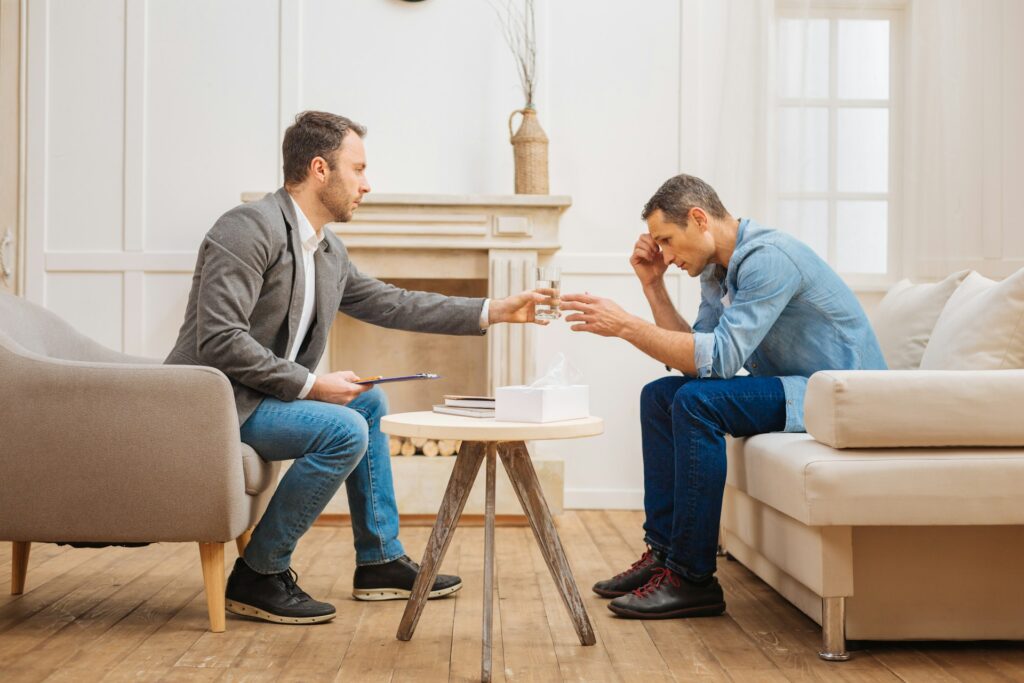
Lockdown changed the way many people think about mental health. Without daily routines, social outlets, or physical activity, emotional health took a hit, and so did many people’s ability to cope in silence.
Therapy moved online. GP appointments went remote. And medication became, for some, a practical and reliable form of support when other options were delayed or difficult to access. It wasn’t always ideal, but it showed people that support could take many forms, and that using more than one tool wasn’t a sign of failure. It was a way to stay afloat.
The shared strain of the pandemic also reduced a lot of the secrecy around mental health. People began having more open conversations with friends, colleagues, and family members. The language around therapy and medication became less hushed. More people started to see both as normal parts of staying well, especially in hard times.
The shame narrative is losing ground.
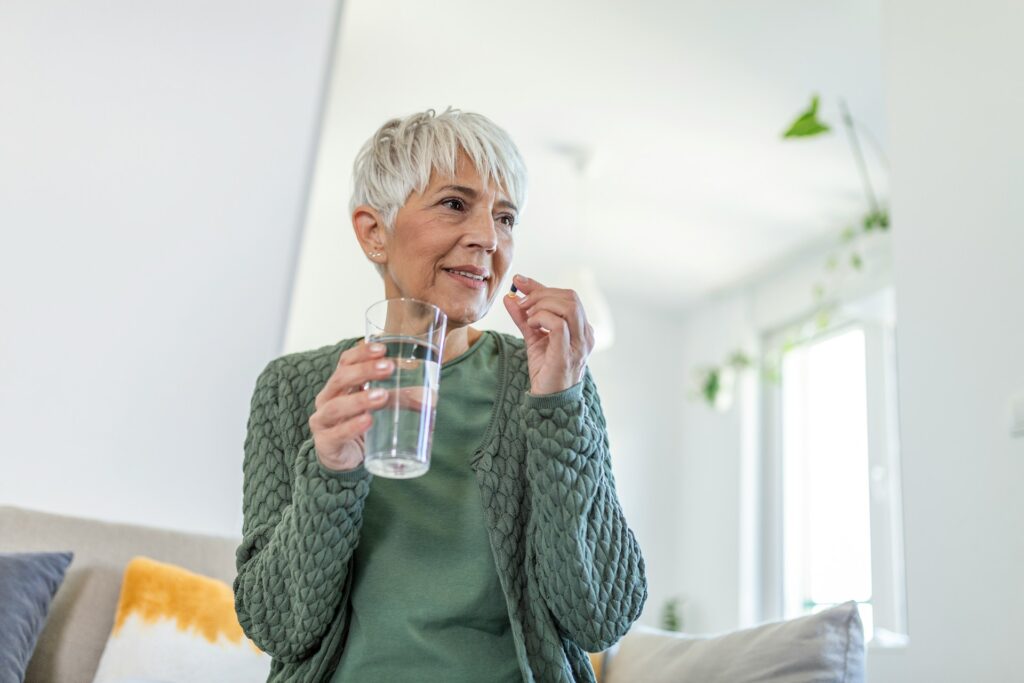
For a long time, taking medication for your mental health carried a quiet weight, a sense of needing to justify it, defend it, or downplay it. But that’s changing. More people now see mental health treatment the same way they see physical health treatment. No one questions someone for taking insulin or wearing glasses, so why should medication for depression or anxiety be any different?
Likewise, therapy is no longer seen as something reserved for people in crisis. It’s recognised as a preventative tool, a space for self-awareness, and a way to better manage life’s emotional challenges. When people talk about doing therapy now, they’re more likely to talk about it as a normal, ongoing part of taking care of themselves, not a sign that they’ve “failed.”
This shift is partly generational, too. Younger people, particularly Millennials and Gen Z, are far more open about mental health, and far less willing to tolerate shame or silence. Their influence, through social media and wider culture, has helped set a new tone.
We’re building a better language for care.
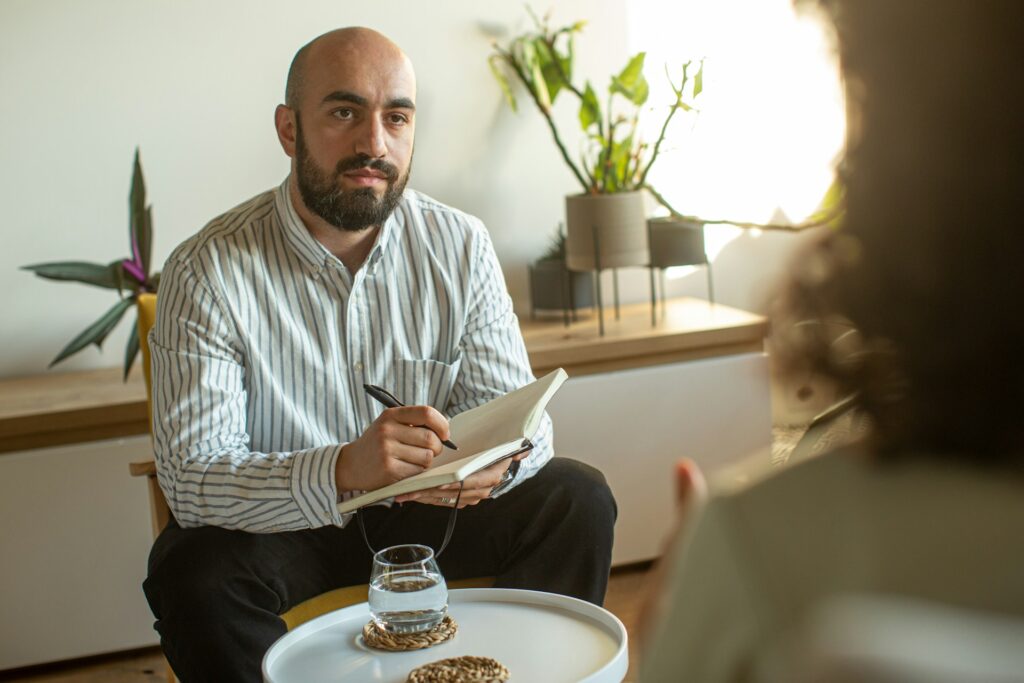
As the conversation expands, so does the vocabulary we use. People are getting better at saying things like:
- “I needed help with the chemical side of things; medication gave me enough stability to make therapy useful.”
- “Therapy helped me uncover patterns, but medication helped my brain get to a place where I could actually make changes.”
This kind of honesty makes space for nuance, and nuance is key. Mental health isn’t black and white. Recovery isn’t linear, and the tools we use to feel better will differ from person to person, and even from one life chapter to another.
So what does this all mean in practice?
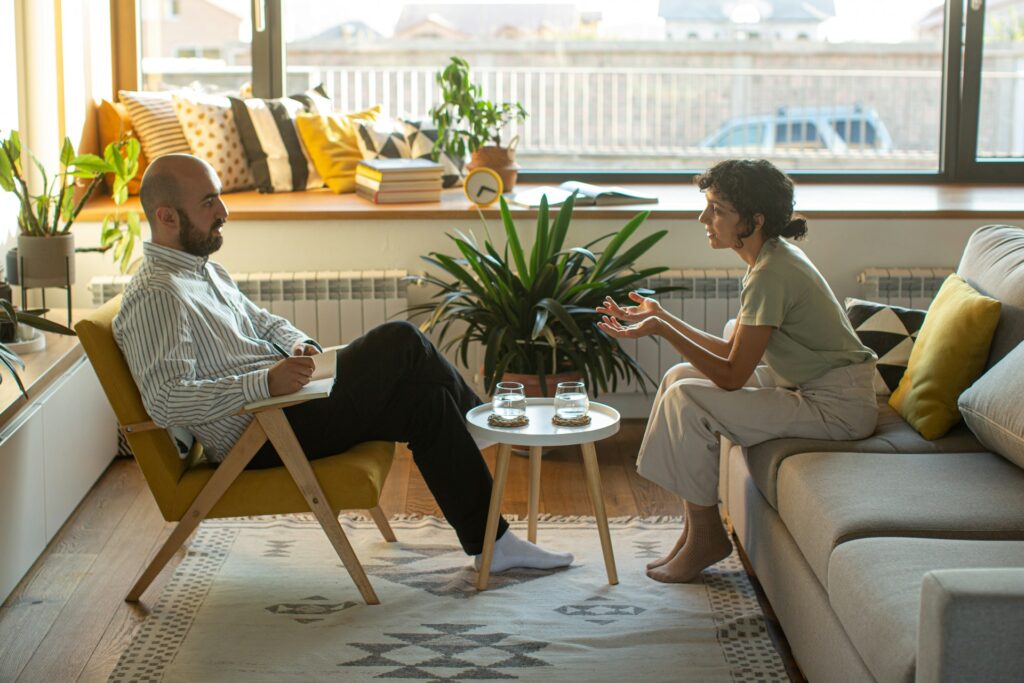
It means more people are asking questions about their care. It means people are combining treatment options without guilt. It means a more compassionate and realistic view of mental health is finally gaining ground.
We’re not all the way there yet. Access is still uneven, cultural stigma still exists in some communities, and there’s still a need for clearer information about treatment options and how to access them. Howveer, the momentum is shifting in the right direction.
Talking about therapy and medication in the same breath doesn’t just open the door to better care; it reminds people they’re not alone, and that needing support doesn’t make you weak. It makes you human. When we treat mental health like something worth caring for—openly, seriously, and without shame—we make space for recovery that’s deeper, steadier, and more sustainable.

